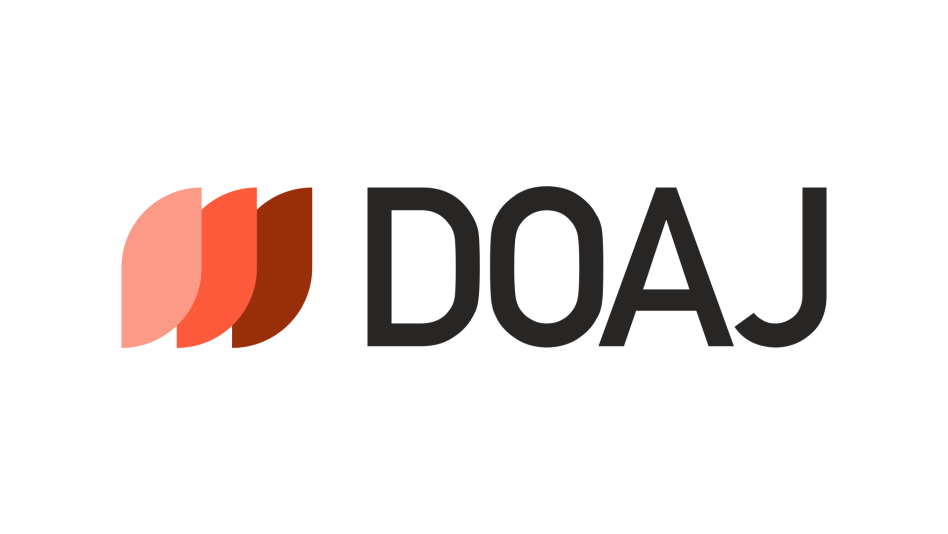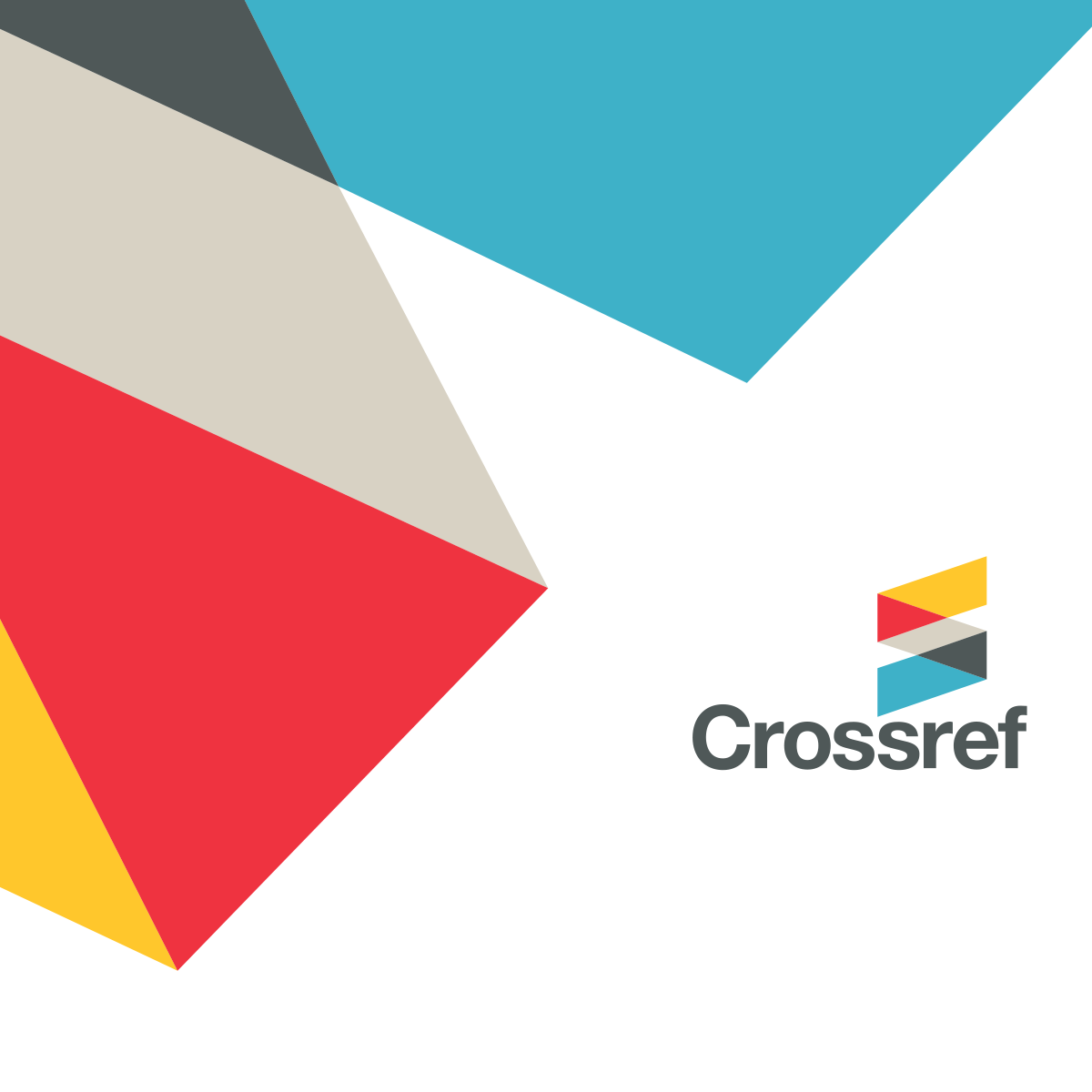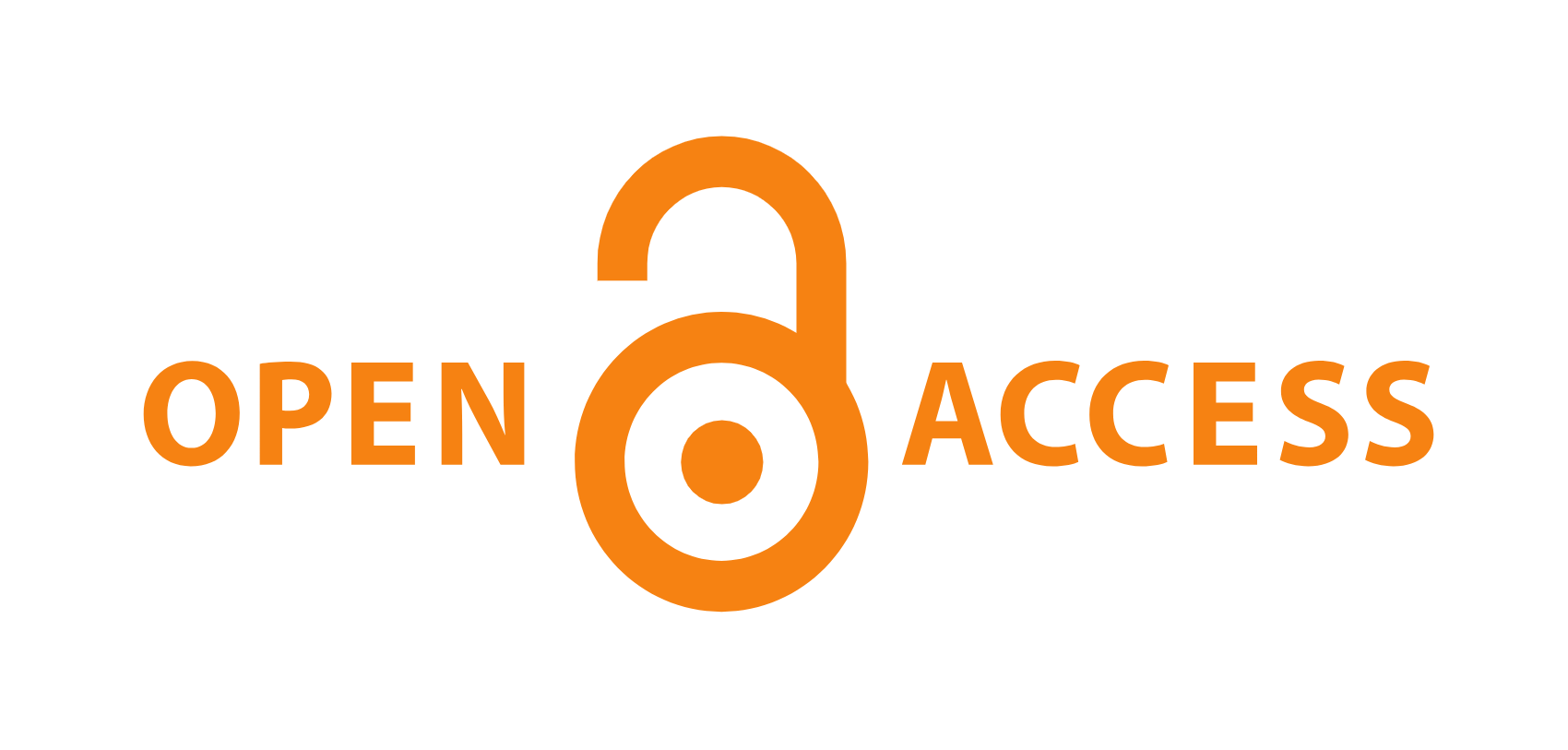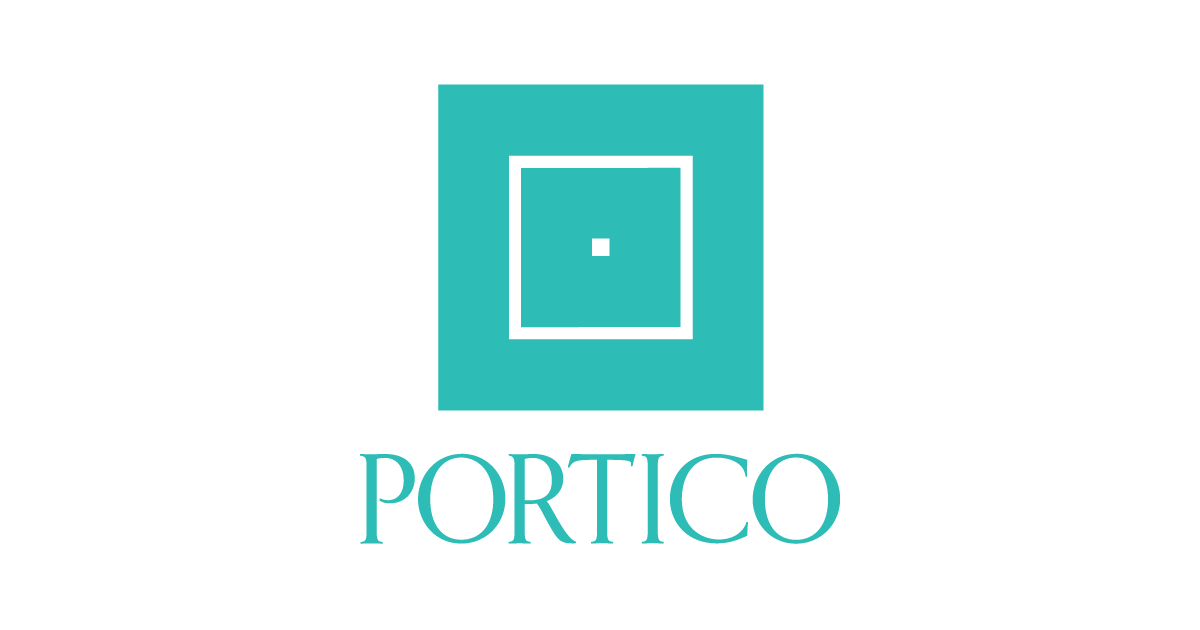Document Type
Research Article
Abstract
Oxaliplatin (OXA), a current cancer chemotherapeutic, has low efficacy and is linked to serious adverse effects, including liver damage. We anticipated that probiotics and entecavir would help reduce OXA-induced liver damage because the pathophysiology of drug-induced liver damage is thought to be related to the disordered gut microbiota. Twenty-four rats were used in this study and divided into 4 groups: control group (n=6), OXA group (n=6),entecavir (ENT)group (n=6), and probiotics (PRO) group (n=6). After 3weeks, all rats were sacrificed, and blood samples were analyzed for alkaline phosphatase (ALP), alanine aminotransferase (ALT) and aspartate aminotransferase (AST), interleukin 6 (IL-6), and IL-1. Serum measurement of biochemical parameters showed a significant increase in ALP in the OXA group compared to the control group (p<0.0001). The treatment withENT or PRO along with OXA alleviated these changes. Significant elevation of serum ALT (p=0.041) and non-significant (p=0.210) increase of AST was observed in OXA-treated rats as compared with control rats. The administration ofENT or PRO along OXA restored these changes, but they did not reach the levels of control rats. Significant elevations of serum IL-1 (p=0.024) and a non-significant (p=0.114) increase of IL-6 were observed in OXA-treated rats compared to control rats. The administration ofENT or PRO along OXA reduced inflammatory cytokines' levels but they did not return to the baseline. The treatment withENT or PRO was beneficial in reducing the severity of OXA-induced liver injury, likely by reducing inflammatory responses and liver function tests.
Keywords
oxaliplatin, entecavir, probiotic, liver function tests, and inflammatory cytokines.RESE A RCHART I C L E
How to Cite This Article
Askandar, Asem A. and Alhassani, Ansam N.
(2023)
"Hepatoprotective and anti-inflammatory effects of entecavir or probiotics on Oxaliplatin-Induced Liver Injury in the rats,"
Polytechnic Journal: Vol. 12:
Iss.
2, Article 19.
DOI: https://doi.org/10.25156/ptj.v12n2y2022.pp174-179
Publication Date
2-1-2023







Follow us: